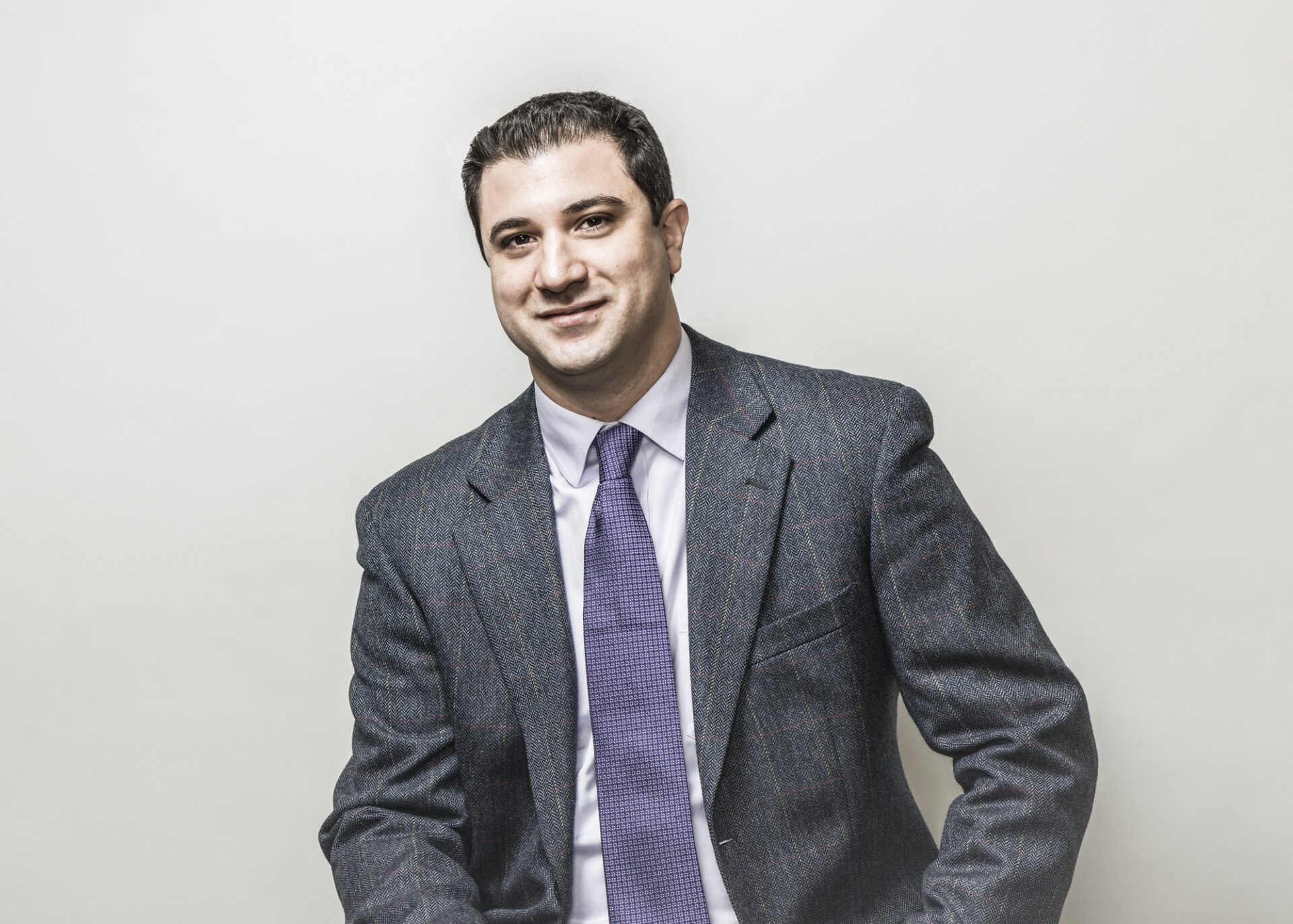Prof. Tabatabaei’s research will improve cavity detection

Lassonde professor Nima Tabatabaei’s paper, recently published in Journal of Biomedical Optics presents a new low-cost imaging device for early detection of tooth cavities.
Dentists currently rely on two methods to detect early caries: x-ray imaging and visual inspection of the tooth surface. But both of these diagnostics have limitations: dentists can’t see caries until it is relatively advanced, and x-rays can’t detect occlusal early caries – those on the biting surface of the tooth.
In First step toward translation of thermophotonic lock-in imaging to dentistry as an early caries detection technology researchers from York University, including Prof. Tabatabaei describe a low-cost thermophotonic lock-in imaging (TPLI) tool that would allow dentists to detect developing caries much earlier than x-rays or visual analysis.
The TPLI tool uses a long-wavelength infrared camera to detect the small amount of thermal infrared radiation emitted from dental caries after stimulation by a light source.
The tool has the benefits of being noncontact, noninvasive, and low-cost, and has great potential as a commercially viable diagnostic imaging device for dentistry.
The co-authors on the study are York University graduate student Mr. Ashkan Ojaghi and York University undergraduate student Mr. Artur Parkhimchyk.